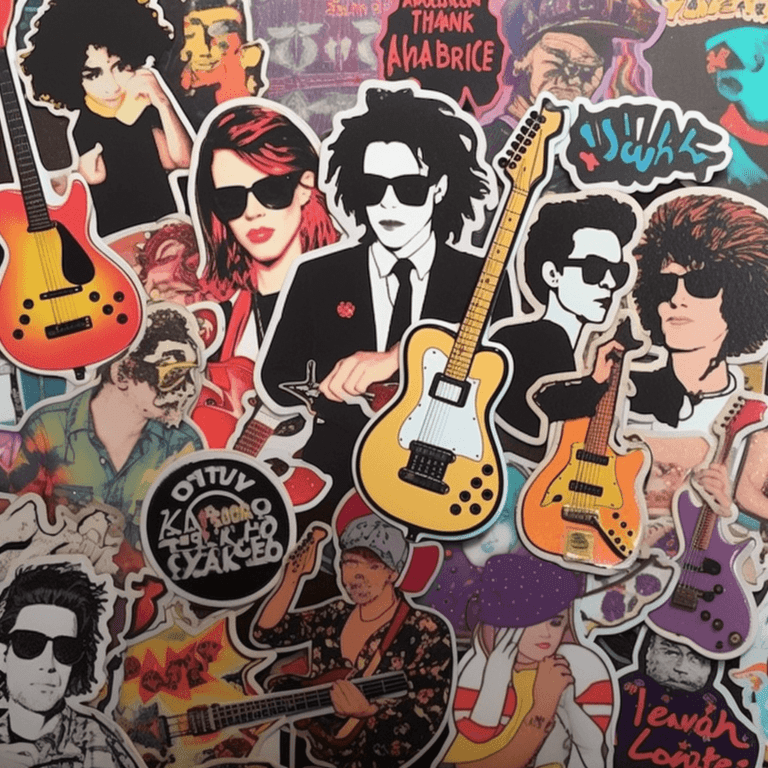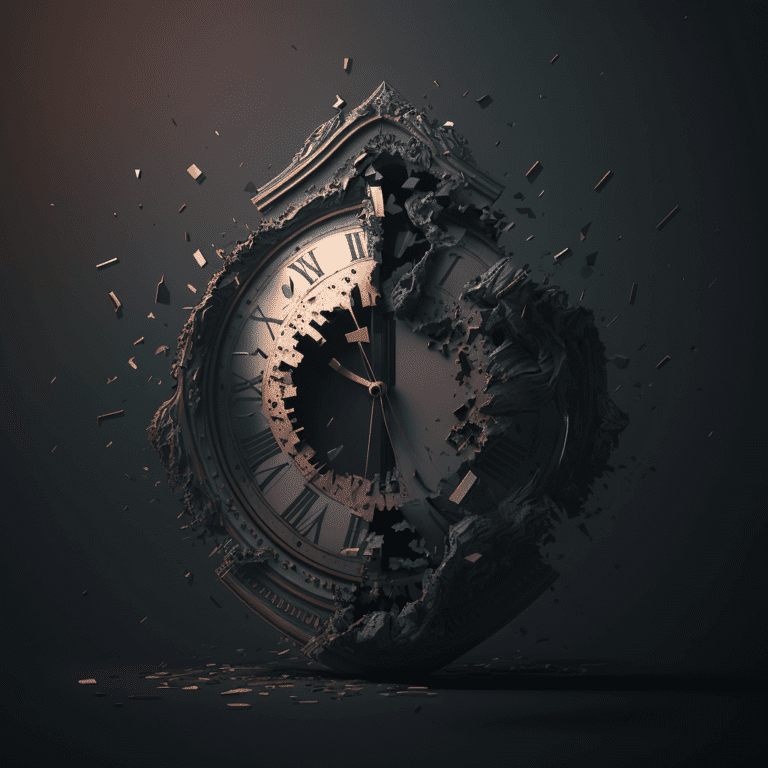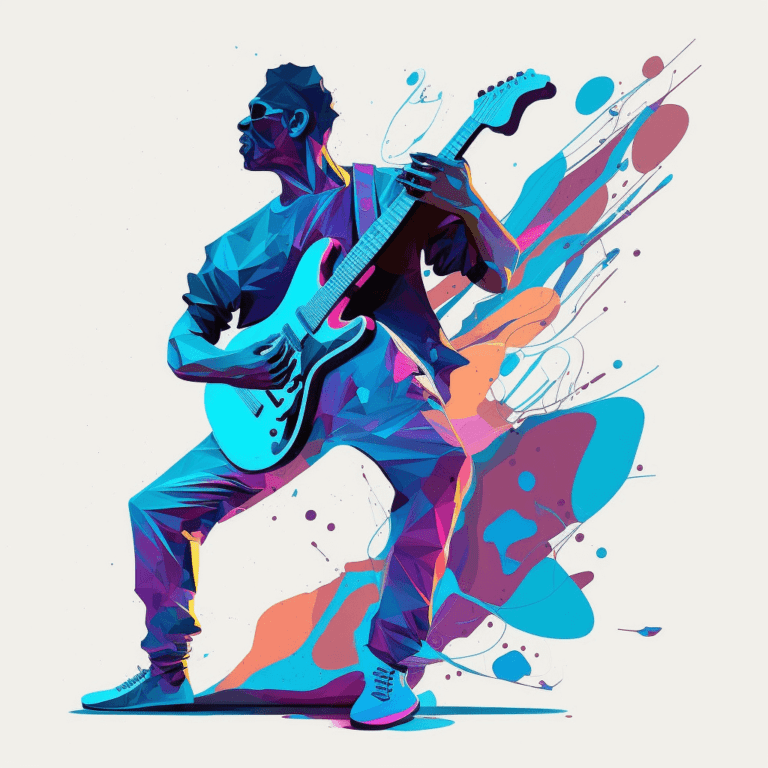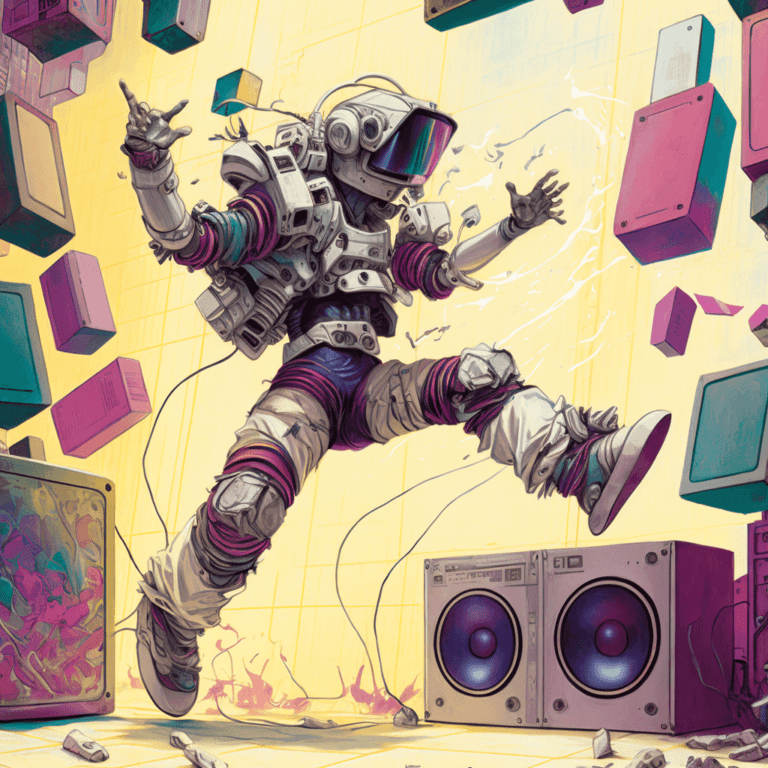Harpsichord
If you’ve ever explored the world of classical music, you might have come across the term “harpsichord.” This captivating instrument, though not as popular as its cousin, the piano, has played a significant role in shaping the music of past centuries. Let’s take a closer look at what makes the harpsichord unique and why it deserves our attention.
The harpsichord is a keyboard instrument that originated in the late mediaeval period and reached its peak popularity during the Renaissance and Baroque eras (approximately 15th to 18th centuries). It has a distinctive appearance, resembling a grand piano, but with some noticeable differences. One of the most notable distinctions is the absence of a sustain pedal, which piano players are accustomed to using. Instead, the harpsichord creates sound through plucking the strings with small quill or leather plectra, while the piano uses hammers to strike the strings.
Harpsichord music has a unique and charming quality that sets it apart from other keyboard instruments. Unlike the piano’s dynamic range (the ability to play both soft and loud sounds), the harpsichord has a fixed volume for each note. This means that no matter how hard or soft a key is pressed, the note’s volume remains constant. However, the harpsichord compensates for this limitation with its rich and resonant timbre, offering a delightful, warm, and vibrant sound.
During its prime, the harpsichord was the go-to keyboard instrument for composers and musicians of various genres. It found its way into the hearts of composers like Johann Sebastian Bach, Antonio Vivaldi, and Domenico Scarlatti, who wrote magnificent pieces specifically for the harpsichord. Its versatility allowed it to perform solo pieces, chamber music, and even accompany vocal works and orchestras.
Although the harpsichord’s popularity dwindled after the rise of the piano in the 19th century, it has experienced a revival several times over the years. Musicians, scholars, and enthusiasts have recognized the historical and artistic value of this instrument, leading to its reintroduction in performances and recordings. Today, you can still witness the enchanting sounds of the harpsichord in concerts and recordings of Baroque and early Classical music.

So what’s this site all about anyway?
Well, if you ever find yourself needing music for anything – a YouTube video, a podcast, a school project, a presentation, TV commercial or even a film – then browse, preview and download any of our tracks





